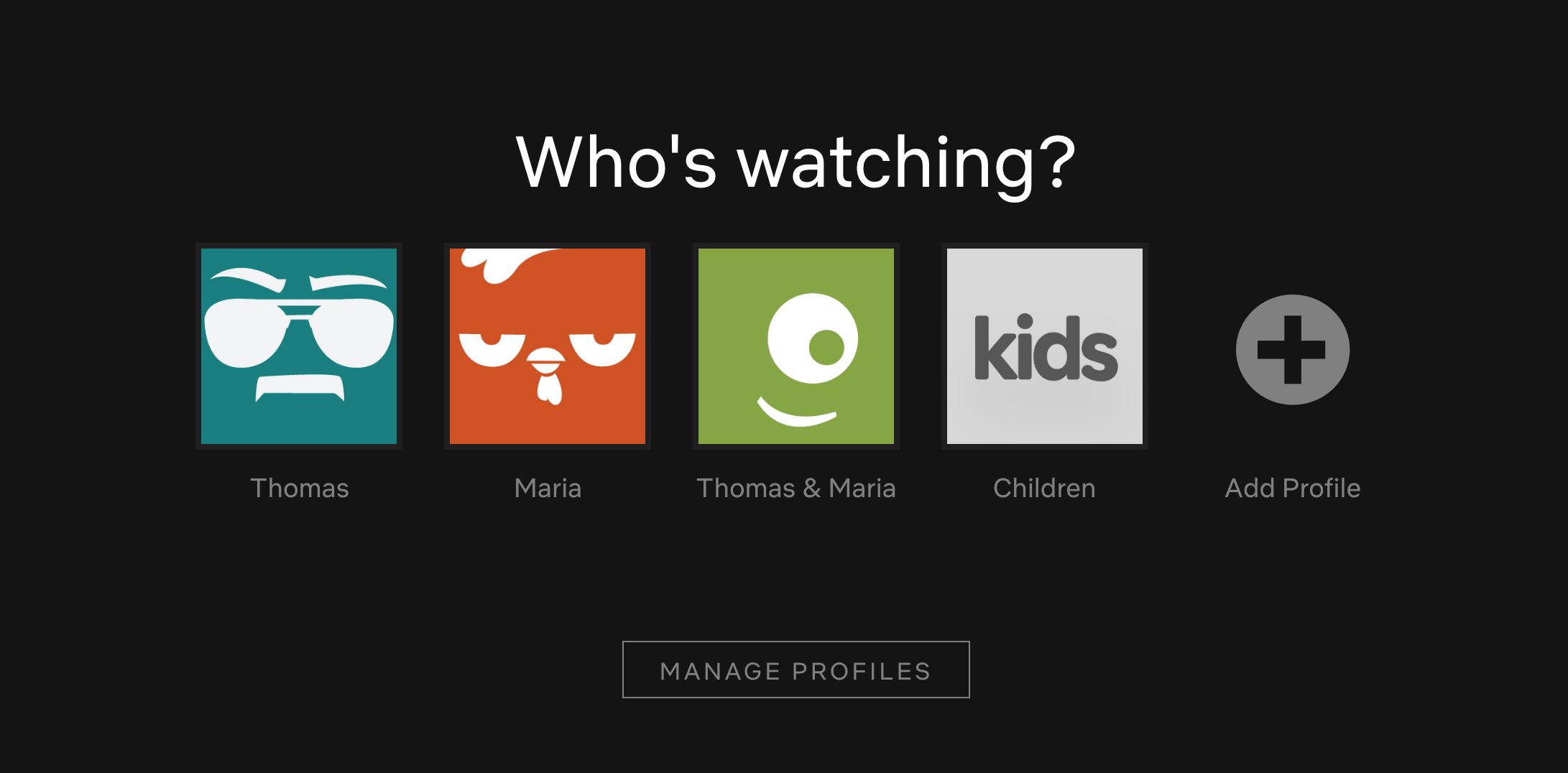Are Recommendation Engines Getting it Wrong?
What’s The Holy Grail of recommendations? And why users are becoming frustrated.
We spend a lot of time discussing content discovery, it is after all a significant aspect of creating a video on demand platform. The conversation inevitably leads to personalisation. To display content based on a particular user’s interests or viewing habits.
This certainly seems like the best approach when trying to order a content library that’s particularly large. How to give users the power to find content they’ll love, whether they know it exists or not?
What happens when there’s nothing to watch?
A user will visit a platform because they’re interested in some aspect of the content. When they’re finished watching that content, they likely stick around to see what else might peak their interest. Then the scrolling game begins…
If you’re anything like me, you know what it feels like to endlessly scroll through a content platform in search of “something”. Maybe you find “something”, maybe you don’t.
The thrill of the hunt is a concept that doesn’t last long in this domain. It quickly gets replaced with the frustration of not finding something to watch.
The Holy Grail
Imagine for a moment we could perfectly customise a library for each user’s personal taste and preference. So they could enjoy it in descending order of derived entertainment value. Allowing content providers to bask in the highest possible customer engagement and satisfaction.
Delivering the right content, at the right time, to each and every user sounds like a near impossible task. This is where recommendation engines are suppose to come in.
These engines work behind the scenes to order content based on the information it can ascertain from a user. The more sophisticated ones usually work something like this…
To begin with, a user might select a handful of their favourite shows. Then every relevant interaction is recorded as they use the platform. Such as how much time they spend watching a certain genre of film, or the rating they gave a series.
An algorithm processes this data, compares it to other users, and suggests content you’re likely to enjoy. The more data collected, the smarter it becomes, and the better its recommendations.
So why are so many people unhappy?
Despite Netflix being the standard that many platforms aspire to, users still complain about their recommendations. Even with all the data they have, their platform still suggests content we’d never watch.
Why is this happening? We have a couple of theories that may shed light onto these shortcomings. And perhaps open the door to thinking about ways to solve these problems through design.

1. We don’t always watch alone
Do your viewing habits change around friends, family, or a significant other? Have you ever watched something you wouldn’t usually pick for someone else’s pleasure?
Recommendation engines don’t discern between something you watch as a group or as an individual. As you can see from the image above, I’ve taken this issue into my own hands, by creating a ‘combined’ account for when multiple users want to watch together.
This is likely a common hack of Netflix accounts, but does it help groups find something good to watch? The results feel more like a compromise of tastes than a feat of machine learning.
2. Watching doesn’t imply enjoyment
Ever forced yourself to watch a few episodes of a series your colleagues won’t stop talking about? Or started off liking something only to hate it later? The thing is, unless you tell the recommendation engine otherwise, it thinks you liked that content.
They’ll always need more context than the amount of minutes you spent watching. That’s where the like or dislike functionality comes into play.
But is this enough for a user to express their opinion? The complexity of our reaction to content can’t possibly fit in this dichotomy.
3. Changing taste and mood
Video on demand hasn’t been around that long, but how long does it take for your viewing habits to mature? A year? Five? What you once considered prime viewing can quickly turn into cringe worthy nonsense. And what you like today won’t necessarily be what you like in 6 months.
Or, how does what we want to watch change from day to night, weekend to weekday, from summer to winter? Could these factors change the types of content we want at any given moment.
4. Content bubbles
We all know how social media platforms show us content that conforms to our biases. Similarly, data that powers recommendations filter out content it believes won’t interest you. Possibly in a way that works, but almost always in a way you didn’t ask for.
How much content will it keep out of reach because it’s labeled as one thing and not the other. Separating us from content that will challenge us is as destructive as the problems in social media we’re all well aware of.
Do you trust the system?
Recommendation engines will almost certainly get better at what they do. But how much better do they have to get before we can truly rely on them?
Is it even possible to design for the level of complexity that is a person’s mood? Can external factors be addressed to create a better experience? And can recommendation engines evolve with us as our tastes mature?
These are substantial, and outstanding issues in the design of today’s largest video content libraries. In our next article, we consider some solutions to these issues – check it out here.


